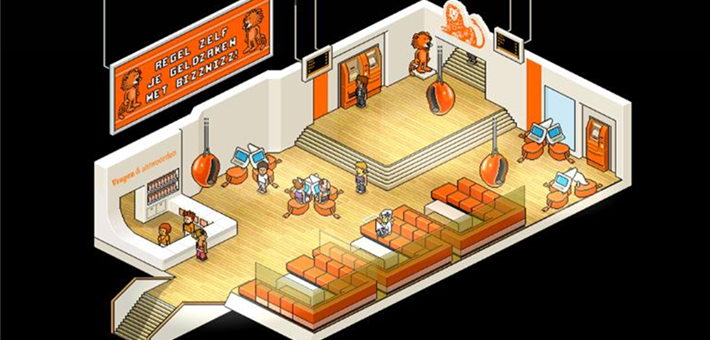
Children’s Responses to Advertising in Social Games
In countries all over the world, children spend increasingly more time playing social games (virtual playgrounds where children can meet and interact with new and existing friends and play games). Some of the most popular social games, such as Neopets, Club Penguin and Habbo attract millions of young visitors each month. These games provide a unique environment for advertisers to interact with and engage children and adolescents. However, little is known about how children perceive and respond to advertising in social games. This study aims to shed more light on this increasingly popular phenomenon.
Take aways
- Children have a fairly good knowledge of the commercial nature of advertising in social games, yet hold relatively uncritical attitudes towards it.
- Children who value the opinion of peers about brands within the social game are more persuaded by the advertising in the game.
- Children who are unaware of the commercial nature of the advertising in social games are as much persuaded by it as children who do realize this, whereas children who hold uncritical attitudes toward advertising in social games are more persuaded by it.
- This highlights the need for educational interventions to focus on installing more critical and mature attitudes towards advertising.
Study information
The question?
What is the level of children’s persuasion knowledge and peer influence susceptibility concerning advertising in social games and how does this affect their desire for brands advertised in social games?
Who?
148 9- to 12-year olds (mean age: 10.12; 57% boys, 43% girls)
Where?
The Netherlands
How?
A video compilation of Habbo (3:30 minutes) was created showing how an avatar moved through six different public Habbo rooms. Four of these rooms included a form of advertising (branded environment, brand logo, banner ad) of four different brands (ING bank, MTV, Dell, Website of the Year). Children watched the compilation individually and were then asked for their desire for brands advertised in Habbo, conceptual persuasion knowledge (i.e., recognition of the advertising in Habbo, understanding of its commercial source, and understanding of its persuasive intent), attitudinal persuasion knowledge (i.e., critical attitude toward advertising in Habbo), susceptibility to peer influence in general and regarding the brands advertised in Habbo.
Facts and findings
- Children had a fairly good understanding of the source and persuasive intent of the advertising in Habbo, yet held relatively uncritical attitudes towards it
- Children who were aware of the source and persuasive intent of the advertising in Habbo were persuaded by it to the same degree as children who did not realize this.
- Children with less critical attitudes toward advertising in Habbo had 34% more chance of being persuaded by the advertising in Habbo.
- Children who value the opinion of peers about brands advertised within Habbo had 37% chance of being persuaded by the advertising in Habbo.
- Remarkable fact: Only a small percentage of children showed signs of susceptibility to peer influence. This may be caused by the so-called third person effect. Where advertising is concerned, not only adults but also children tend to say that they are not being influenced, whereas they believe others are.